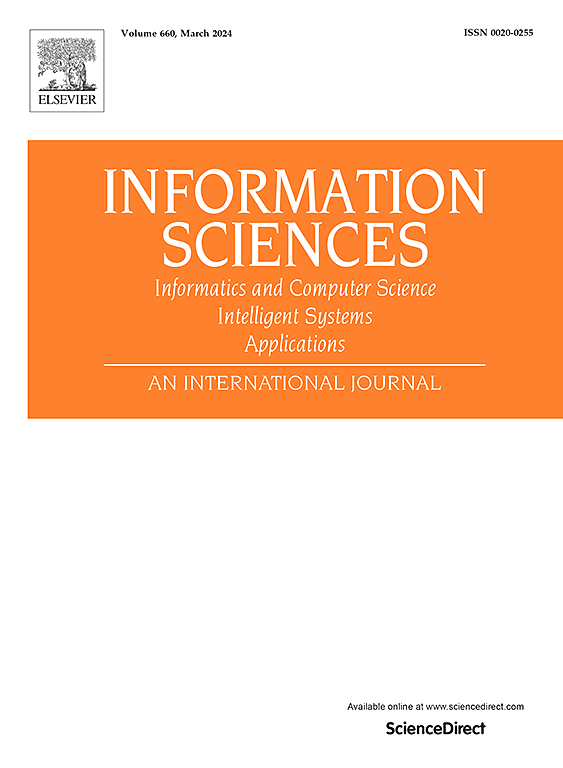Fault diagnosis of proton exchange membrane fuel cell using multiple convolutional neural networks with multi-scale attention mechanism
IF 6.8
1区 计算机科学
0 COMPUTER SCIENCE, INFORMATION SYSTEMS
引用次数: 0
Abstract
To enhance the accuracy and robustness of fault diagnosis in proton exchange membrane fuel cells (PEMFCs), this study proposes a hybrid fault diagnosis model based on stacking ensemble learning. This model integrates multiple convolutional neural networks with a multi-scale attention mechanism (Stacking-MCNN-MSA). In the proposed model, MCNN is utilized to extract data features. A multi-head self-attention (MSA) mechanism is then applied to assign appropriate weights to these features. This process emphasizes critical information while suppressing noise. Subsequently, the MCNN-MSA component acts as the base learner. The predictions from the base learner are fed into the meta-learner to obtain the final fault diagnosis results. The research commences with data preprocessing, which involves crucial steps such as data noise reduction and data expansion. After that, the Stacking-MCNN-MSA model is constructed and evaluated through simulation experiments. Its performance is compared with that of alternative algorithms. The results demonstrate that the proposed model achieves high diagnostic accuracy under both original and noisy data conditions. Notably, after data expansion, the model attains a diagnostic accuracy of 98.67 %. These findings validate the effectiveness of the Stacking-MCNN-MSA model and provide a solid foundation for its practical application in PEMFC fault diagnosis.
基于多尺度关注机制的多重卷积神经网络质子交换膜燃料电池故障诊断
为了提高质子交换膜燃料电池(pemfc)故障诊断的准确性和鲁棒性,提出了一种基于叠加集成学习的混合故障诊断模型。该模型将多个卷积神经网络与多尺度注意机制(Stacking-MCNN-MSA)相结合。在该模型中,利用MCNN提取数据特征。然后应用多头自注意(MSA)机制为这些特征分配适当的权重。这个过程强调关键信息,同时抑制噪声。随后,MCNN-MSA组件作为基础学习器。将基础学习器的预测结果输入元学习器,得到最终的故障诊断结果。研究从数据预处理开始,包括数据降噪和数据扩展等关键步骤。在此基础上,构建了Stacking-MCNN-MSA模型,并通过仿真实验对其进行了评价。将其性能与备选算法进行了比较。结果表明,该模型在原始数据和噪声条件下均具有较高的诊断精度。值得注意的是,经过数据扩展后,该模型的诊断准确率达到了98.67%。这些结果验证了stack - mcnn - msa模型的有效性,为其在PEMFC故障诊断中的实际应用奠定了坚实的基础。
本文章由计算机程序翻译,如有差异,请以英文原文为准。
求助全文
约1分钟内获得全文
求助全文
来源期刊

Information Sciences
工程技术-计算机:信息系统
CiteScore
14.00
自引率
17.30%
发文量
1322
审稿时长
10.4 months
期刊介绍:
Informatics and Computer Science Intelligent Systems Applications is an esteemed international journal that focuses on publishing original and creative research findings in the field of information sciences. We also feature a limited number of timely tutorial and surveying contributions.
Our journal aims to cater to a diverse audience, including researchers, developers, managers, strategic planners, graduate students, and anyone interested in staying up-to-date with cutting-edge research in information science, knowledge engineering, and intelligent systems. While readers are expected to share a common interest in information science, they come from varying backgrounds such as engineering, mathematics, statistics, physics, computer science, cell biology, molecular biology, management science, cognitive science, neurobiology, behavioral sciences, and biochemistry.
 求助内容:
求助内容: 应助结果提醒方式:
应助结果提醒方式:


